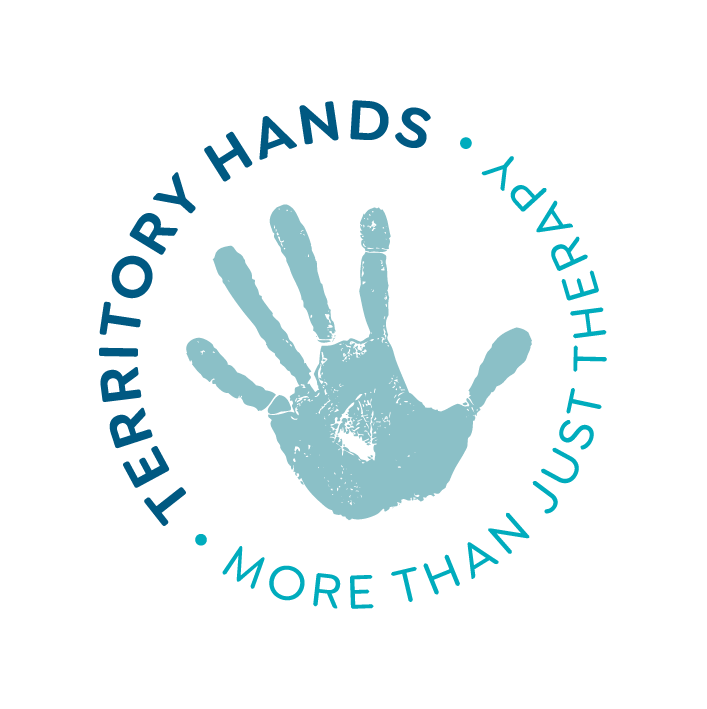What’s in a name?
The name “skier’s thumb” comes from a skiing injury where the thumb is caught on a pole during a fall. This tears a ligament on the inside of your thumb.
There are lots of other ways this ligament can be injured - falling onto your hand, in a footy game when a ball hits your thumb, even during a tussle with kids or friends - basically any situation where your thumb is forced out and back. So yes, it happens in Darwin!
The ligament affected is the ulnar collateral ligament (UCL) of the middle thumb joint and attaches the metacarpal bone to the proximal phalanx bone. It provides fantastic stability to the side of the joint.
There are different types of injury to this ligament:
A partial or incomplete tear which affects joint stability a little but not drastically
A complete or full tear of the UCL, which de stabilises the joint.
An avulsion fracture when a piece of bone is pulled away from the proximal phalanx at the end of the ligament. These are evident on an X Ray.
What do you do if this happens?
The first thing is to use your RICE principles because your thumb swells and often becomes bruised. It’s usually painful too. Wrap your thumb up, reduce movement and load, ice in the first 24-48hrs and keep you hand up as much as you can. Then head into a hand therapist.
And what do we do?
First of all we help you with early treatment including making a removable thermoplastic thumb splint to protect the ligament. This is waterproof and will allow you to use your hand while keeping your thumb safe. Photo
We always give you tips on looking after your thumb and what exercises are OK for you to do. And we would usually send you for an X Ray to check if there is a fracture. Most often with this injury you wear the splint for 6 weeks.
Sometimes these injuries can be quite severe, in which case it’s wise to see a specialist. We can talk this through and point you in the right direction if necessary.
The next blog will tell you about how we help you down the track a bit from the injury. Stay tuned!

